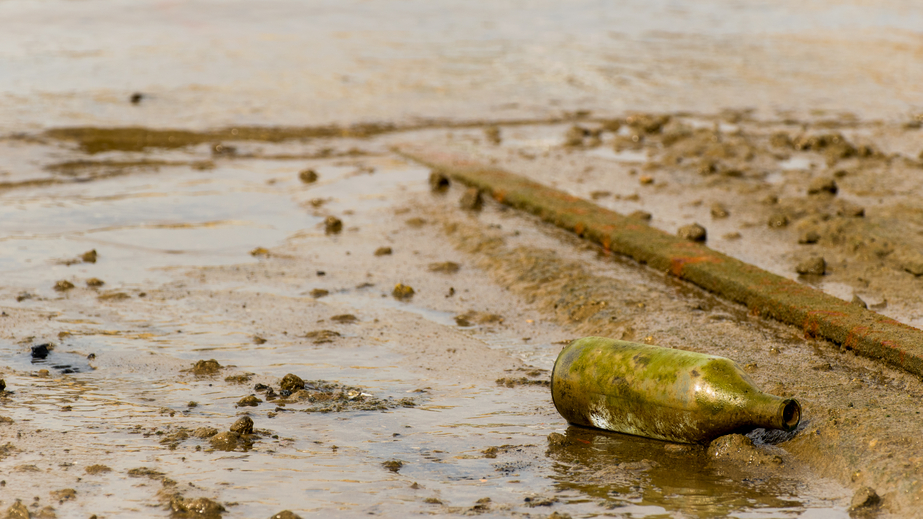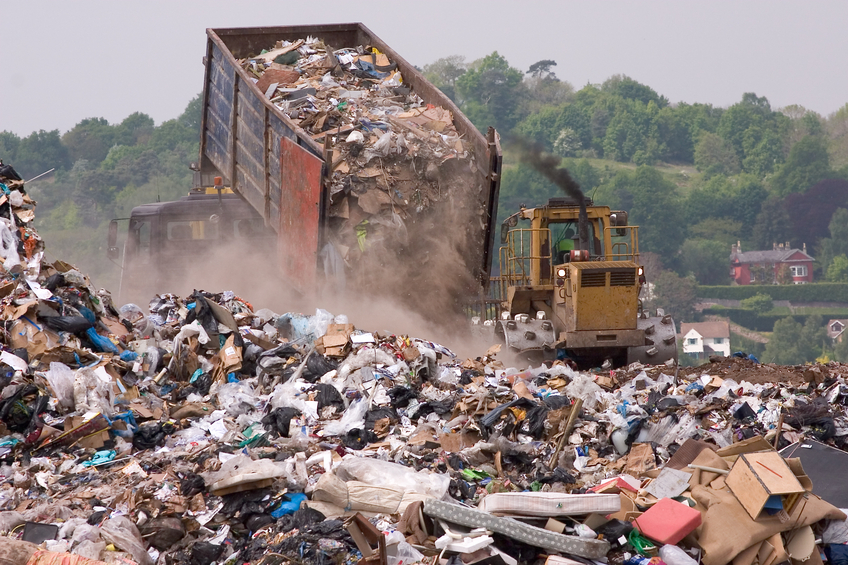Mississippi Environmental and Ethics 15 PDH Discount Package 3
Courses in this Package
Reducing Lead in Drinking Water in Schools and Child Care Facilities (C07-014)
Revitalizing Contaminated Lands: Addressing Liability Concerns (C03-061)
Solid Waste Disposal Facility - Closure and Post Closure Criteria (C03-005)
Determining Negligence in Engineering Failures (LE2-012)

This online PDH course examines sources of lead contamination found in drinking water in schools and child care facilities. It features seven modules on how to enact a plan for testing, remediating, and communicating lead contamination in drinking water.
Lead had been widely used in plumbing in the U.S. until it was determined to be unsafe for human consumption. In children, lead exposure can cause reduced IQ and attention span, learning disabilities, poor classroom performance, hyperactivity, behavioral problems, impaired growth, and hearing loss. Thus, it is important to constantly test for, remediate, and communicate any lead contamination in drinking water.
This course maintains that the only way to know if there is lead in drinking water is testing. It provides information on likely sources of lead in a building’s plumbing system and how to sample different sources of drinking water. It also historically contextualizes the presence of lead in plumbing and subsequent phasing out after being determined unsafe for human consumption.
This 7 PDH online course is applicable to environmental, civil, and mechanical engineers as well as other technical personnel who are interested in learning more about eliminating lead sources from drinking water.
This PE continuing education course is intended to provide you with the following specific knowledge and skills:
- Understanding how to sample drinking water for lead and interpret the results
- Understanding the effects of lead exposure on the human body, particularly for children
- Learning about the historical context in which lead was used in plumbing in the U.S. and why it was phased out
- Learning how to develop and enact a plan to test for, remediate, and communicate any lead contamination in drinking water in schools and child care facilities
Upon successful completion of the quiz, print your Certificate of Completion instantly. (Note: if you are paying by check or money order, you will be able to print it after we receive your payment.) For your convenience, we will also email it to you. Please note that you can log in to your account at any time to access and print your Certificate of Completion.

This online engineering PDH course discusses the statutory, policy, guidance, and regulatory provisions that may be helpful to parties looking to manage environmental clean-up liability risks associated with the revitalization of contaminated sites. It is designed for use by parties involved in the assessment, clean-up, and revitalization of sites, and provides a basic description of the tools that may be available to address liability concerns.
Revitalizing contaminated lands means providing reuse opportunities of abandoned properties to communities and land owners by cleanup enforcement program. The main objective of the cleanup enforcement program is to ensure prompt site cleanup and the participation of liable parties in performing and paying for cleanups in a manner that ensures protection of human health and the environment.
This 3 PDH online course is applicable environmental, civil, and industrial engineers as well as others interested in learning more about revitalizing contaminated lands.
This PE continuing education course is intended to provide you with the following specific knowledge and skills:
- Learning the enforcement tools to help promote the clean-up and revitalization of contaminated sites
- Understanding the policies available to help promote cleanup and revitalization of contaminated sites
- Knowing how to manage the environmental cleanup liability risks associated with the revitalization of contaminated sites for parties
- Familiarizing with the available tools to address liability concerns
Upon successful completion of the quiz, print your Certificate of Completion instantly. (Note: if you are paying by check or money order, you will be able to print it after we receive your payment.) For your convenience, we will also email it to you. Please note that you can log in to your account at any time to access and print your Certificate of Completion.

This online engineering PDH course describes EPA's closure and post-closure criteria for solid waste disposal facilities. The criteria for landfill closure focus on two central themes: (1) the need to establish low-maintenance cover systems and (2) the need to design a final cover that minimizes the infiltration of precipitation into the waste.
Critical technical issues that must be faced by the designer include the following:
- Degree and rate of post-closure and stresses imposed on soil liner components
- Long-term durability and survivability of cover system
- Long-term waste decomposition and management of landfill leachate and gases
- Environmental performance of the combined bottom liner and final cover system
Full closure and post-closure requirements apply to municipal solid waste landfill (MSWLF) units that have been receiving waste since October 9, 1993. For MSWLF units that stopped receiving wastes prior to October 9, 1993, only the final cover requirements apply.
This 3 PDH online course is applicable to owners, operators of MSWLF units, as well as engineers, designers, managers, construction workers and any other personnel involved with the closure and post-closure of municipal solid waste landfills.
This PE continuing education course is intended to provide you with the following specific knowledge and skills:
- Final cover design
- Alternative final cover design
- Closure plan
- Closure criteria
- Post-closure care requirements
- Post-closure plans
In this professional engineering CEU course, you need to review Chapter 6, “Closure and Post-Closure” of the EPA “Solid Waste Disposal Facility Criteria” Technical Manual.
Upon successful completion of the quiz, print your Certificate of Completion instantly. (Note: if you are paying by check or money order, you will be able to print it after we receive your payment.) For your convenience, we will also email it to you. Please note that you can log in to your account at any time to access and print your Certificate of Completion.

This engineering online PDH course will establish conditions under which, when an engineering failure has occurred, it can be attributed to negligence.
Five causes of failure are proposed: negligence, rare failure mode, overlooked failure mode, new (previously unrecognized) failure mode, and incorrect assessment of a known risk. Negligence is the only cause that involves failing in an ethical duty. These concepts are illustrated with five case studies of failures ranging from gross negligence to absolutely unforeseeable events: 1) the Great Boston Molasses Flood of 1919, for which a new possible cause was identified 95 years later (2014); 2) a building collapse in Bangladesh in which over 1,000 people died—one of the worst structural engineering disasters in history; 3) a meteorite strike of a private residence; 4) the crash of the British-French Concorde supersonic airliner, caused by an unlikely tire blow-out; and 5) radiation overdoses received by patients treated by the Thorac-25 medical linear accelerator, caused by errors in the software controlling the machine.
The 2 PDH online course is intended for engineers concerned with ethical behavior in engineering practice.
This PE continuing education course is intended to provide you with the following specific knowledge and skills:
- Understanding the definitions of negligence and standard of care
- Relating safety to risk
- Knowing the principle of Knightian uncertainty
- Avoiding the retrospective fallacy in accident investigations
- Avoiding the fallacy, in accident investigations, of assuming perfect engineering practice
- Using the results of failure investigations appropriately
- Being aware of the negative effects of punishment on learning from accidents
- Categorizing the general causes of engineering failures
Upon successful completion of the quiz, print your Certificate of Completion instantly. (Note: if you are paying by check or money order, you will be able to print it after we receive your payment.) For your convenience, we will also email it to you. Please note that you can log in to your account at any time to access and print your Certificate of Completion.